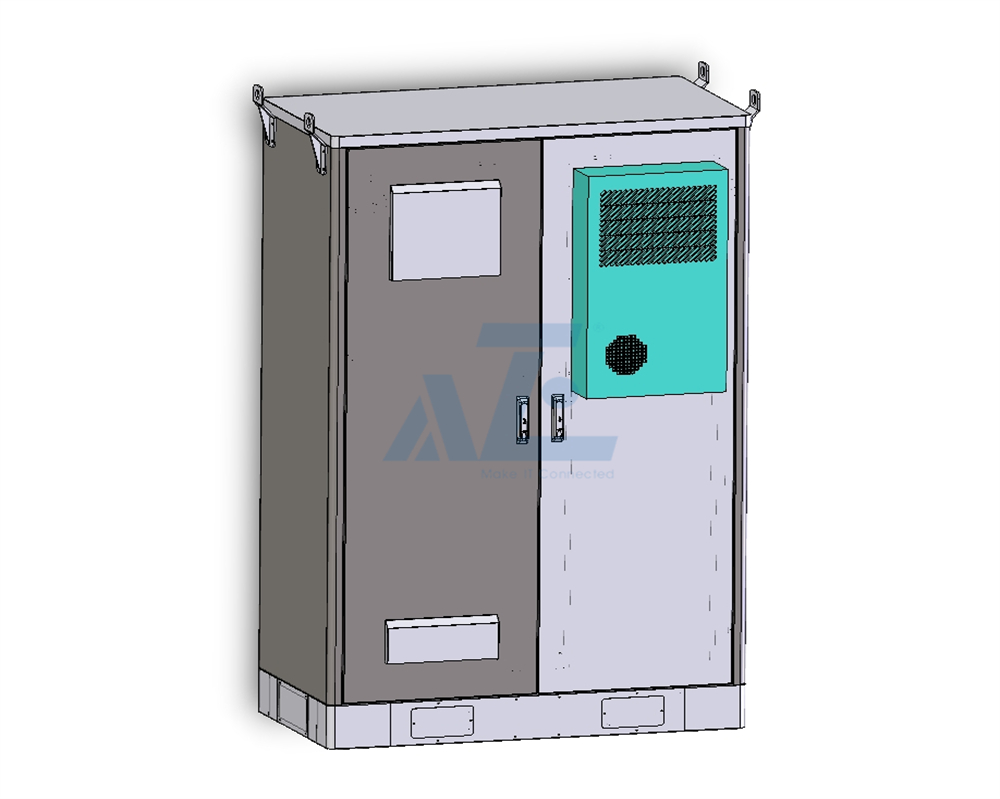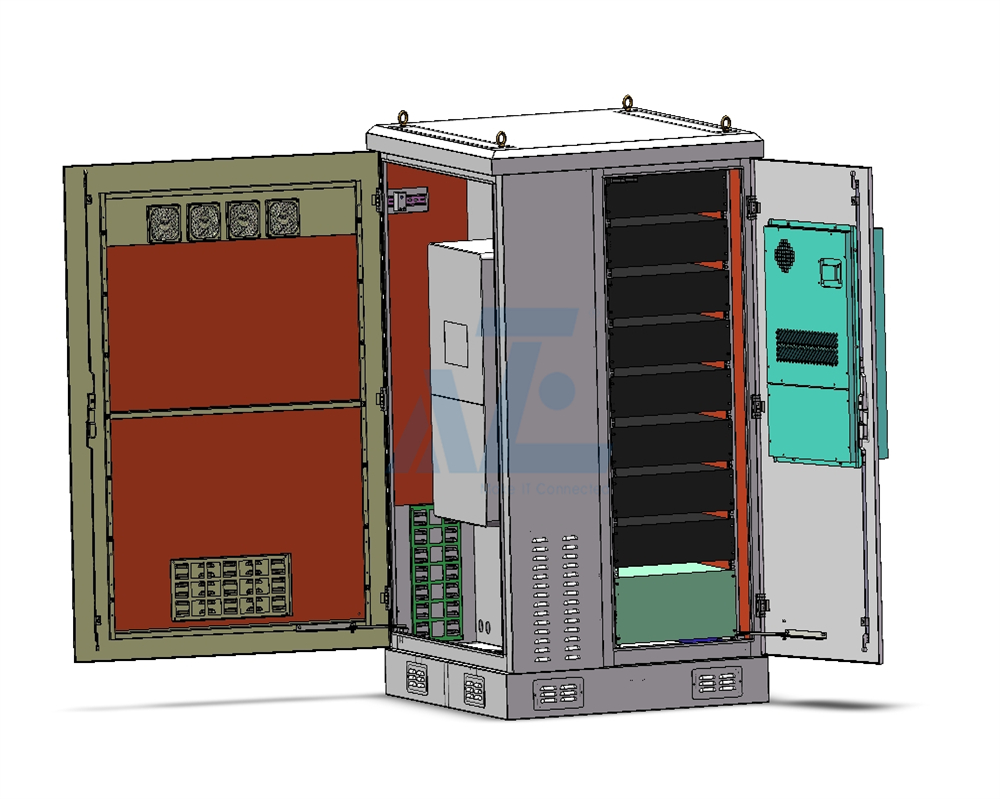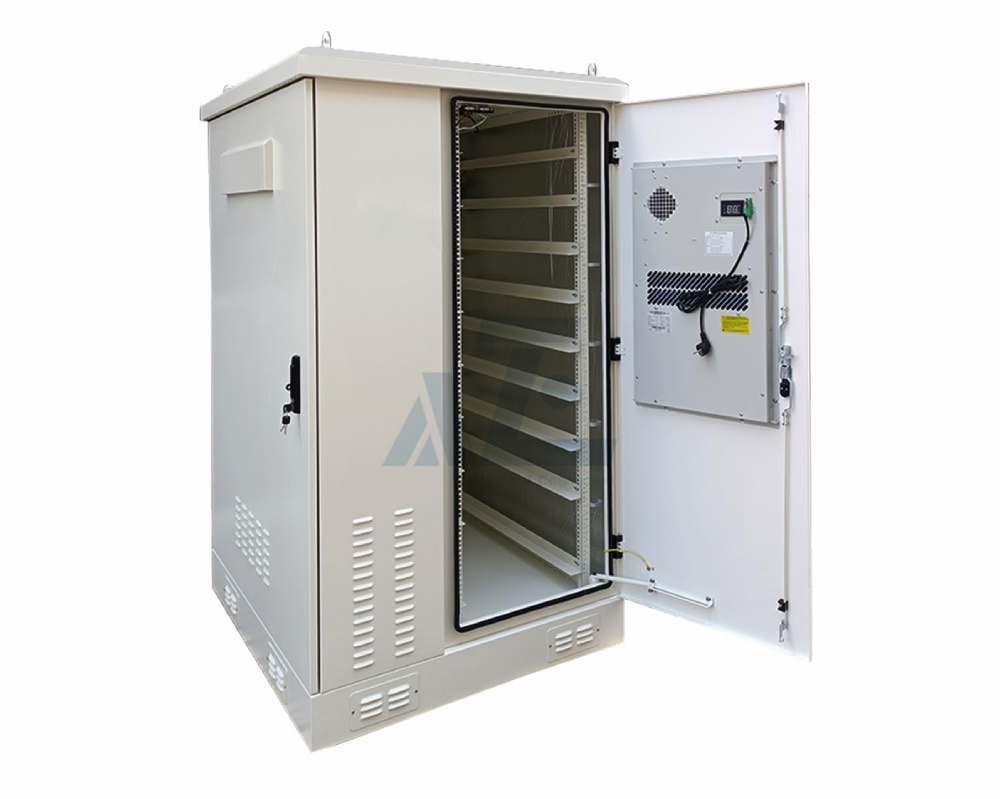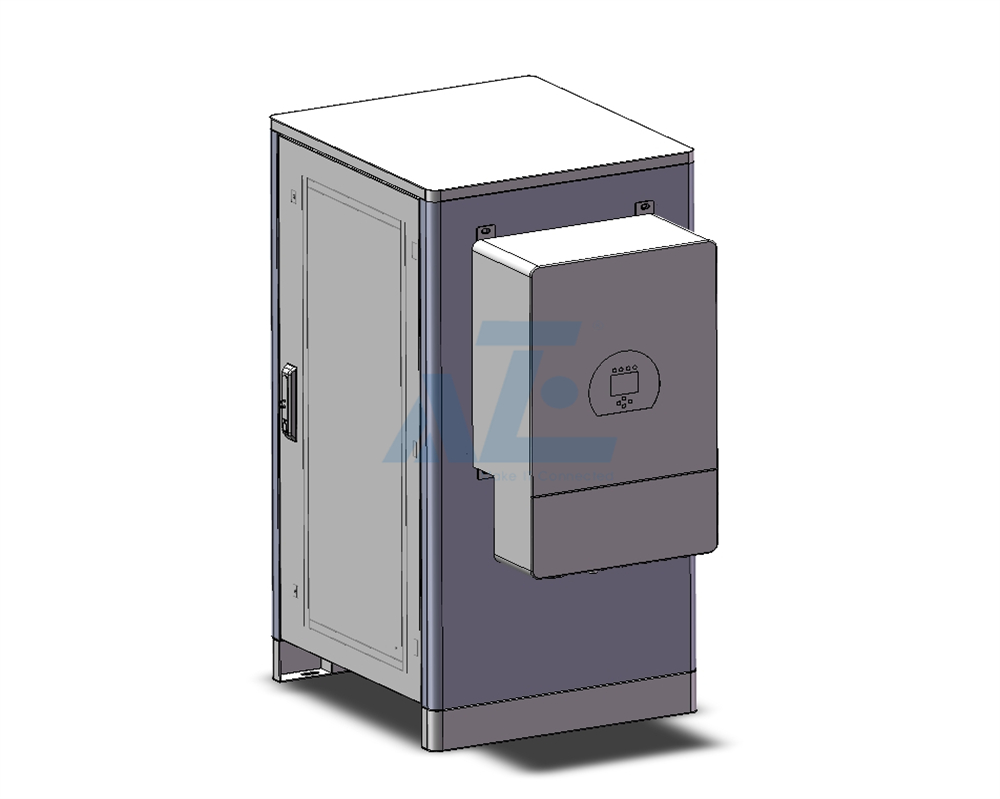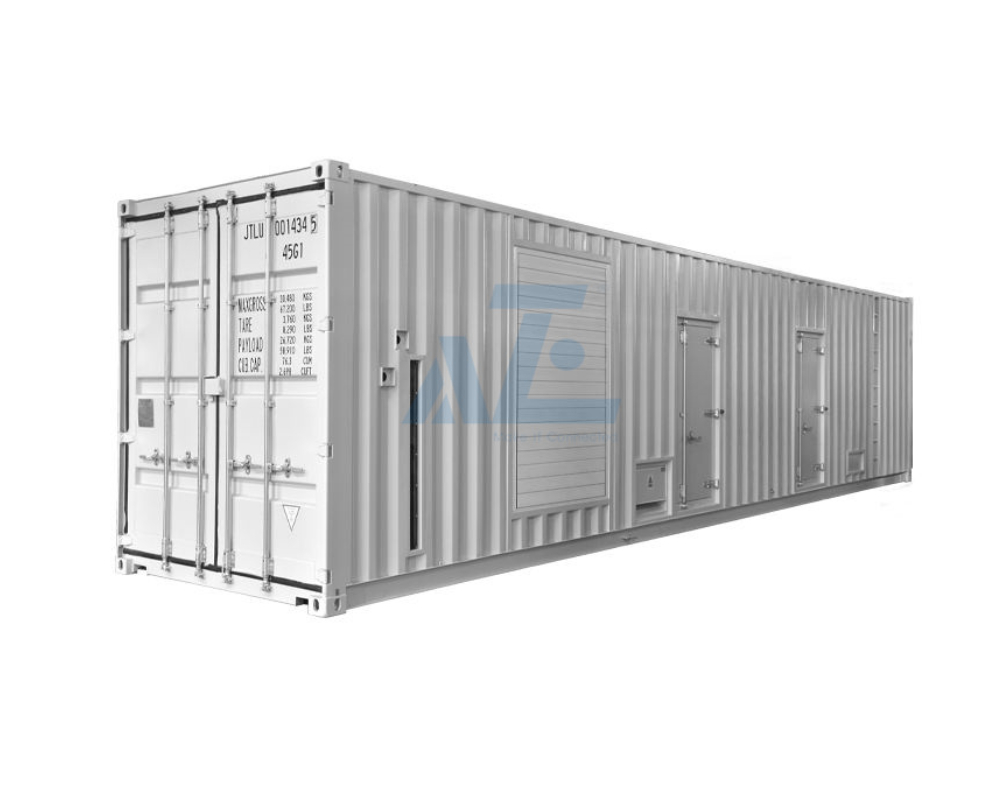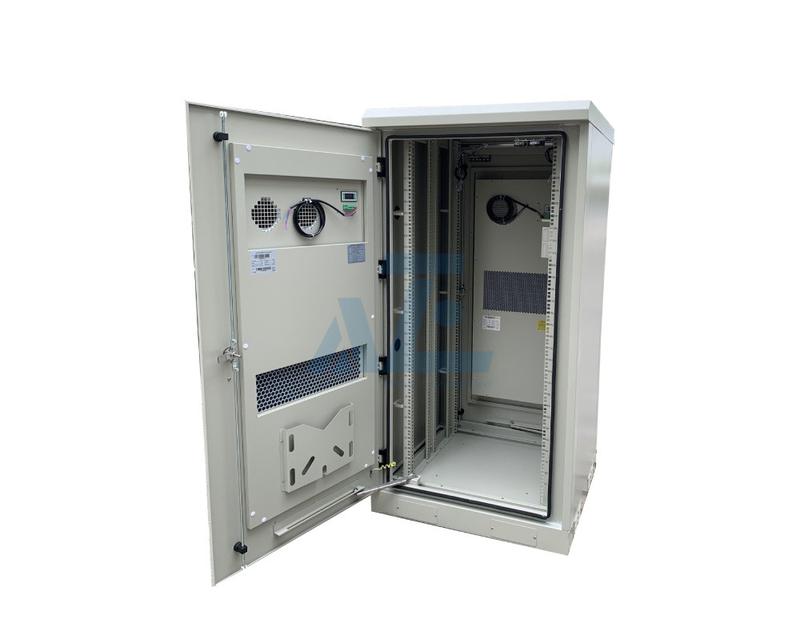Looking for a reliable, modular, and scalable battery energy storage system? AZE has you covered. Our all-weather suited systems are made with readily accessible components and can be mixed and matched to suit specific project requirements. An energy storage system (ESS) is a device or group of devices used to store energy and supply it for later use. Battery, chemical, electrochemical, mechanical, and thermal are some of the popular energy storage systems available to meet everyday energy needs.
What are battery energy storage systems?
The battery energy storage system's (BESS) essential function is to capture the energy from different sources and store it in rechargeable batteries for later use. Often combined with renewable energy sources to accumulate the renewable energy during an off-peak time and then use the energy when needed at peak time. This helps to reduce costs and establish benefits for the user. BESS has flexibility with grid connection and can be operated in local mode when the grid is not available.
- Modular, Scalable, and Fully Integrated
Each of our BESS or ESS products are designed to be modular, scalable, and fully integrated, with a low Mean Time to Repair (MTTR) for medium to large scale projects. They're made with readily accessible components, N+1 redundancy, and hot-swappable products, ensuring easy onsite servicing and maintenance.
- All-Weather Suited
Our BESS or ESS systems are all-weather suited, with three different cabinet variations to suit any weather environment. With isolated output and online UPS for grid-connected applications, you have access to clean power 24 hours a day.
- Flexible and Versatile
Our BESS systems can be mixed and matched to suit specific project requirements, allowing for ultimate flexibility. Whether you need a small or large-scale system, we've got you covered.
AZE's renewable energy storage systems provide residential and commercial solutions that reduce electricity costs and promote energy independence, Exploring and utilizing smart technologies and advanced expertise, AZE is relentless about offering users residential & small C&I storage solutions to protect users from rising electricity costs. We strive to create reliable solutions for users to maximize self-consumption, ensure power safety during an outage, take smart control of home power management, and realize energy independence...
What is Energy Storage Systems (ESS)?
Energy storage systems(ESS) are a game-changing technology that address the intermittent nature of renewable energy sources such as solar and wind by offering the ability to store the energy that they produce for later use. Without ESS, there would be nowhere to store the excess renewable-generated energy and it would simply go to waste. ESS solves this problem by providing a home for the excess electricity produced when the sun or wind are at their strongest. Another benefit of this technology is its ability to bolster grid resiliency by actively balancing the fluctuating nature of energy supply and demand, making it a great fit for both small- and large-scale applications.
The need to store energy to meet demand during times of peak usage has been around since the electrical grid was first established. In the past, the majority of this demand has been fulfilled with fossil fuels, which are themselves repositories of energy. With fossil fuel infrastructure, it is possible to simply adjust the amount of fuel being burned to meet varying supply and demand. In contrast, the energy produced from sources like wind and solar cannot be adjusted so easily. When natural resources are available, wind turbines and solar panels create energy which can be used immediately. However, the amount of energy produced by these sources does not always align with demand. So, what happens when we need energy, but the sun has already set, or the wind has died down? On the other hand, what if plenty of energy is available, but electricity demand is low?
There is a wide array of available energy storage solutions, including batteries, thermal, mechanical and hydrogen, with batteries being the most popular option for solar and wind energy storage. How do solar panels work with ESS, though? And what does it look like coupled with wind-generated energy? Let's explore this process further with a real-world example.
A factory has chosen to drastically reduce its carbon footprint by installing solar panels on the roof of its facilities as well as utilizing wind turbines on the property. When the sun is brightly shining and the wind is strong, the solar panels absorb energy and the wind turbines turn, generating more than enough clean energy. All of this energy is then collected and stored in a battery energy storage system (BESS). Later, that energy is released from the batteries during times of peak electricity demand, keeping eco-friendly energy flowing at night or on still or cloudy days.
Components of an Energy Storage System(ESS)
A typical energy storage system includes two main components:
The power conversion system (PCS) handles AC-to-DC and DC-to-AC conversions (AC –Alternating Current and DC – Direct Current are types of electric power), with energy flowing into the batteries for charging them or being converted from battery storage into AC power and fed into the grid.
The battery management system (BMS) is responsible for cell charging, balancing, and health monitoring, along with a microcontroller that provides system control and communication.
In the rapidly evolving power industry, more and more companies are choosing renewable energy sources to meet varied needs, such as:
-
Generate power off-grid
-
Improve sustainability
-
Increase energy efficiency Manage risk
-
Reduce emissions
-
Reduce energy spending
-
Save money
Primary components of battery energy storage systems
- Battery
The battery is the fundamental element of an electrical energy storage system.
- Battery management system (BMS)
The Battery Management System (BMS) ensures and keeps track of the internal performance of the battery cells, system parameters, and potential hazards. The BMS data is internally collected and used to monitor and maintain an optimum level of charge without over changing the battery, helping to prolong the lifecycle of the system.
- Power conversion/conditioning system (PCS)
The power conversion system is designed to convert the direct current produced by batteries, or the battery system, into alternating current that can be used for power consumption on the grid. During off-peak time, the PCS takes the energy from the grid to store in the BESS. In essence, the PCS's main function is to convert the power between the energy storage system and the grid, and vice versa. It accomplishes that by offering a bi-directional flow from DC-AC and AC-DC.
Related products for battery energy storage DC and AC components
DC Components Used in:
-
Battery Management System (BMS)
-
DC side of the Inverter / Converter
-
DC side of the Power Conditioning System (PCS)
-
DC side of Energy Management System (EMS)
AC Components Used in:
-
AC side of the Inverter / Converter
-
AC side of the Power Conditioning System (PCS)
-
AC side of Energy Management System (EMS)
-
Ensure reliability of critical services
-
Increase facility flexibility
-
Increase interdependentnetwork resilience
-
Meet load during periods of peak demand
-
Prepare the grid for EV charging (fast)
-
Black start: Energy storage helps restore a power plant, substation, or system when energy cannot be drawn from the grid after a blackout.
-
Emergency backup: Distributed generation (DG) refers to generating electricity from sources (such as renewable energy sources) near the point of use. On the other hand, centralized generation consists of sources from power plants.
-
During a grid failure, energy storage and a local generator provide backup power at several scales—from daily backup for residential customers to second-to-second power quality maintenance for industrial operations.
-
Energy arbitrage: It is possible to arbitrate electricity prices (buy low and sell high) using the battery as intermediate storage.
-
Load leveling: Store power during periods of light loading and deliver power during periods of high demand.
-
Network stabilization: Energy storage improves T&D (Transmission & Distribution) system performance when it compensates for electrical anomalies and disturbances, including sub-synchronous resonance, unstable voltage, and voltage sag.
-
Peak shaving: The process proactively manages overall demand and levels out peaks in electricity use by commercial and industrial power consumers. Most electricity storage systems allow consumers to track energy usage online and reduce reliance on more expensive electricity during periods of peak demand.
Where is battery energy storage used?
- Renewables – Battery energy storage aligns solar and wind generation peaks with demand peaks.
- Residential and Commercial - lower energy costs, improves load factor, and manages demand peaks.
- Utility distribution grid - balances fluctuating demand at peak hours while reducing grid overload.
- Industrial loads - provides backup power for critical loads, improves load factor, and manages demand peaks.
- Electrification of transportation - reduces demand on the grid and enables fast DC charging without increasing demand charges.
The battery energy storage system's (BESS) essential function is to capture the energy from different sources and store it in rechargeable batteries for later use. Often combined with renewable energy sources to accumulate the renewable energy during an off-peak time and then use the energy when needed at peak time. This helps to reduce costs and establish benefits for the user. BESS has flexibility with grid connection and can be operated in local mode when the grid is not available.

